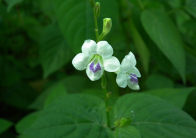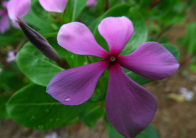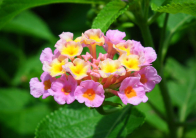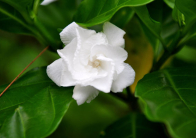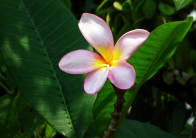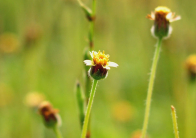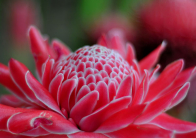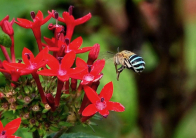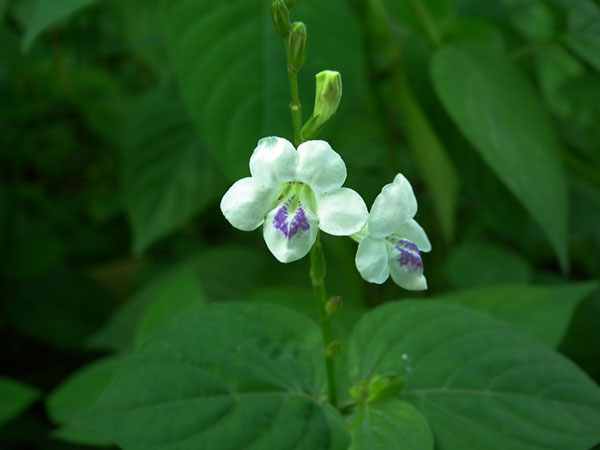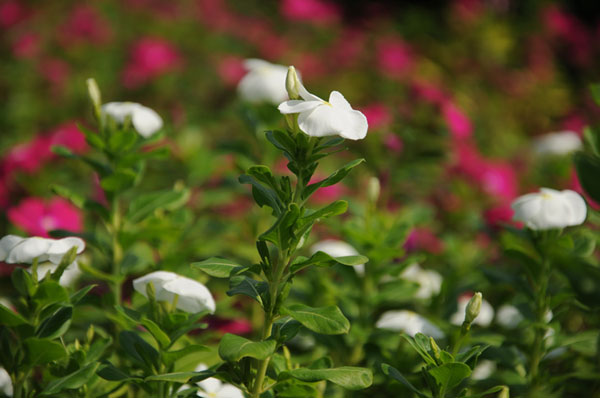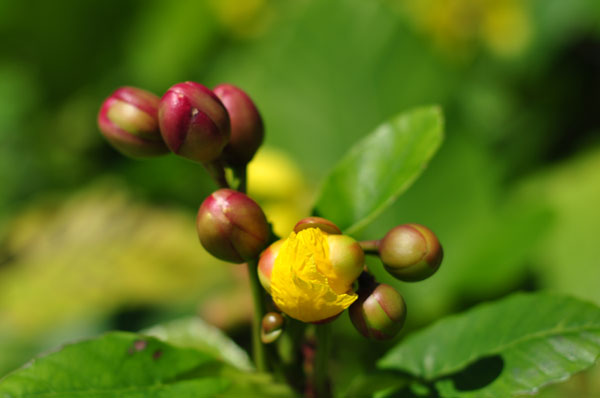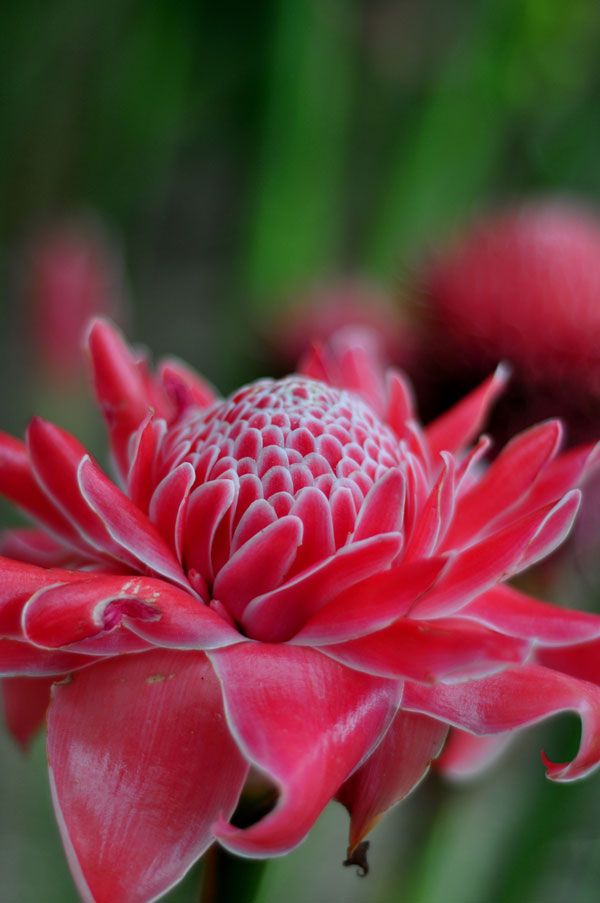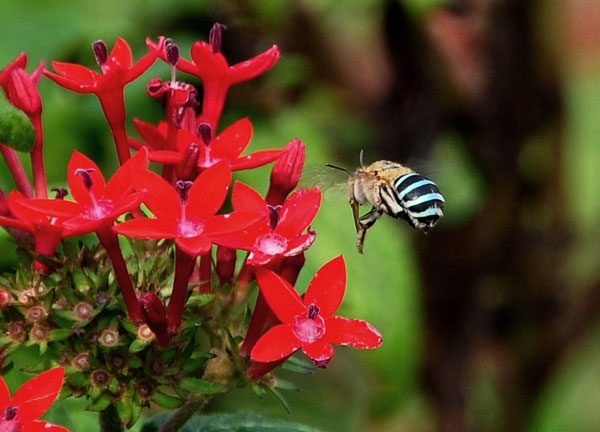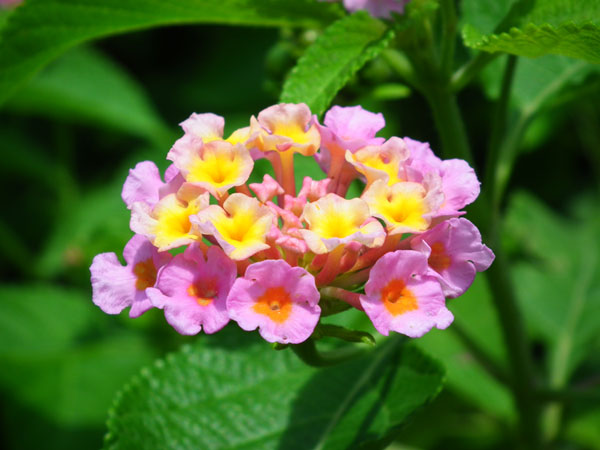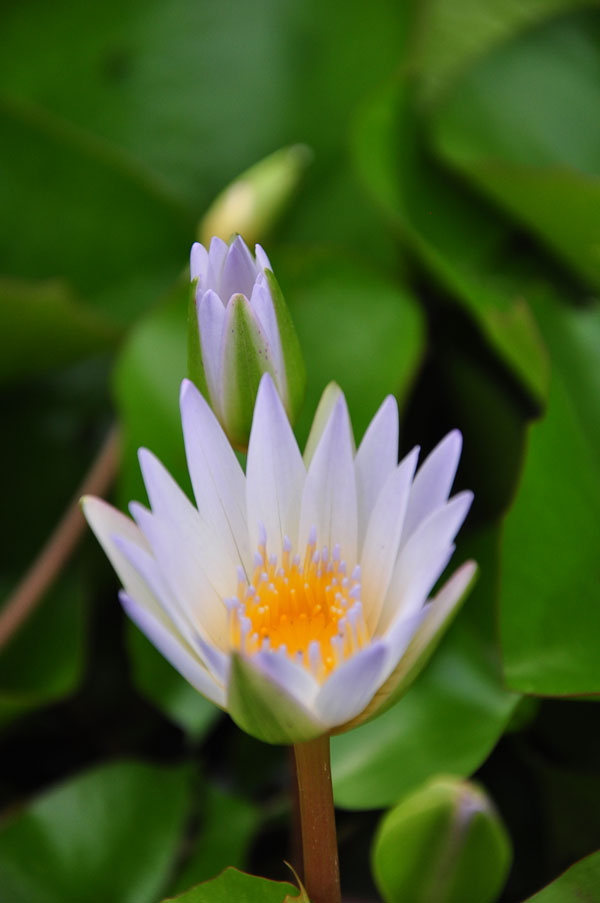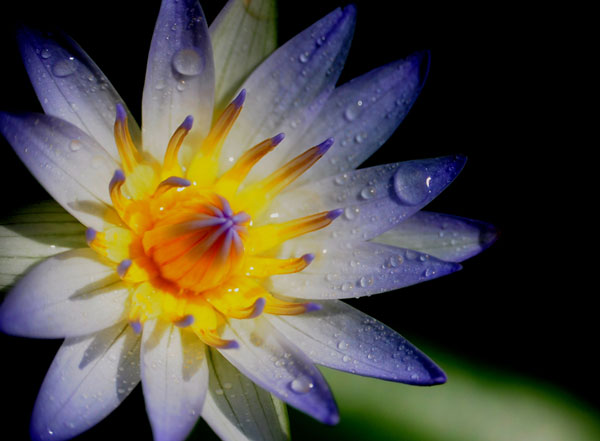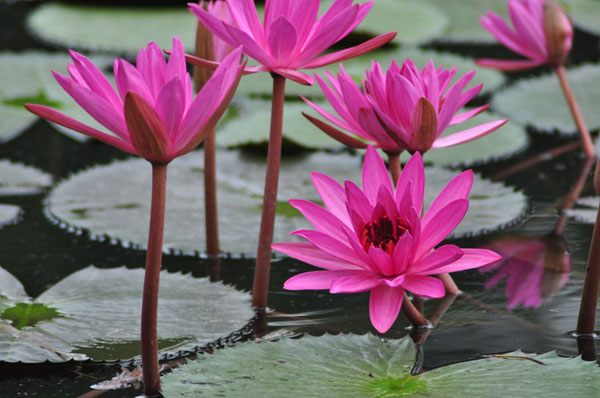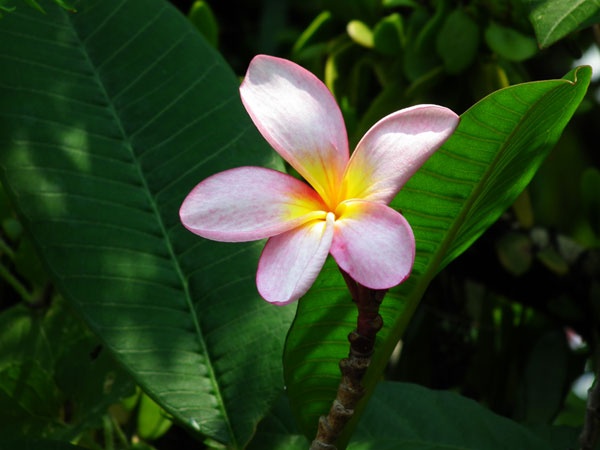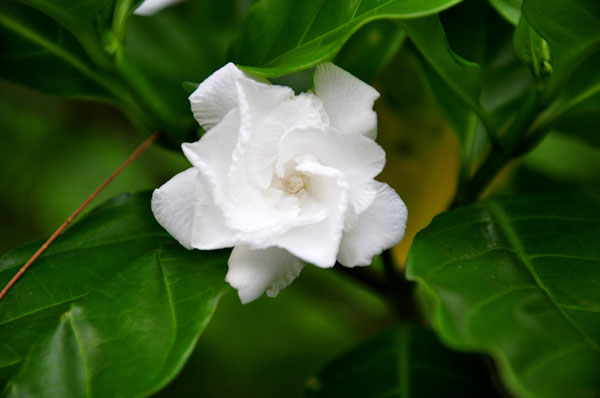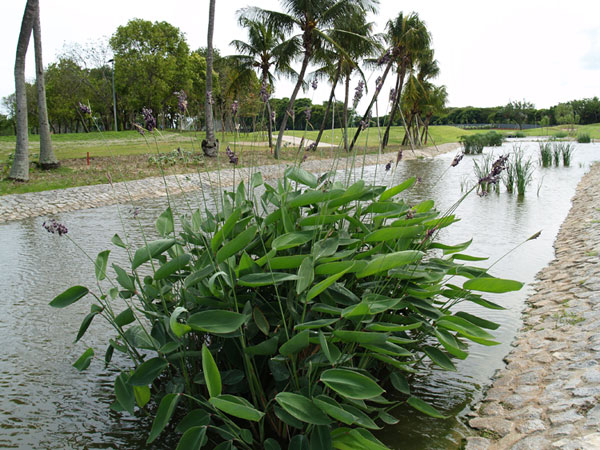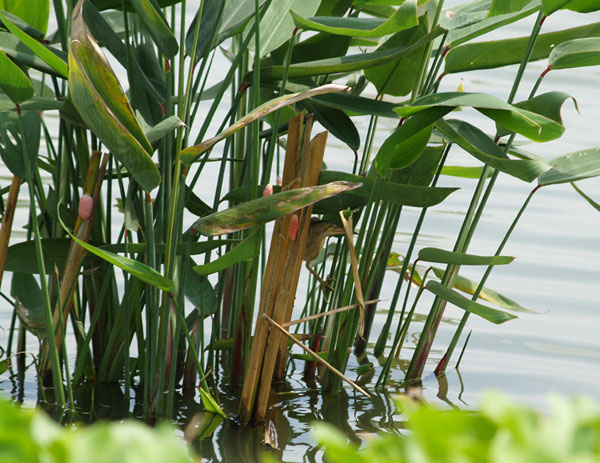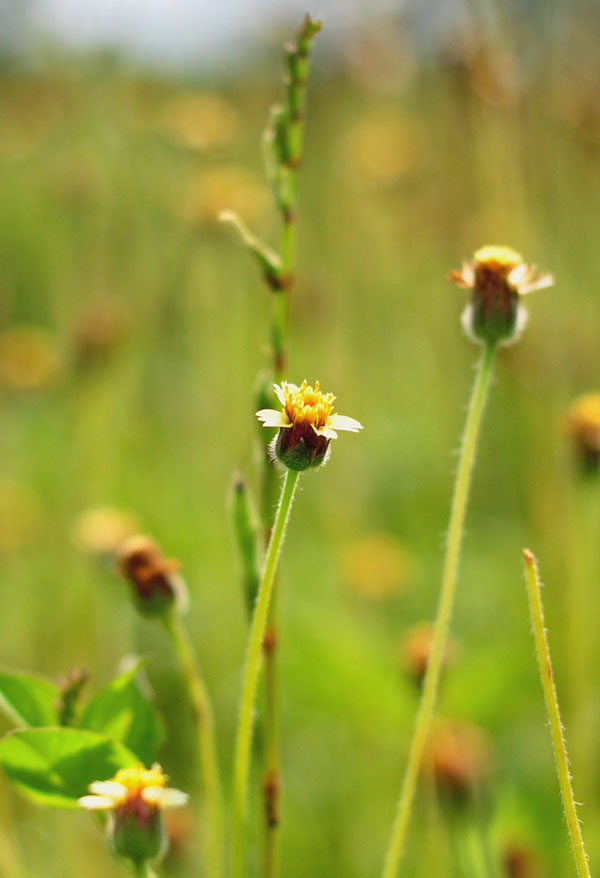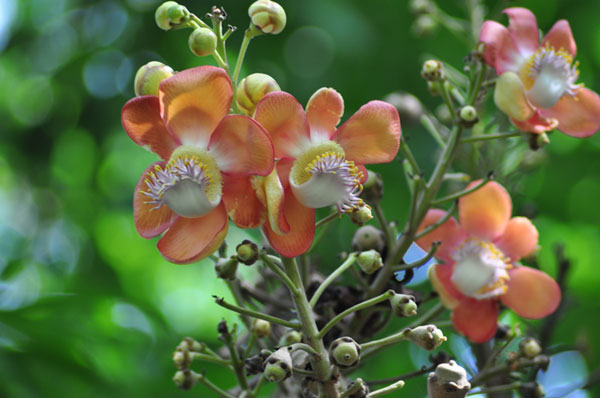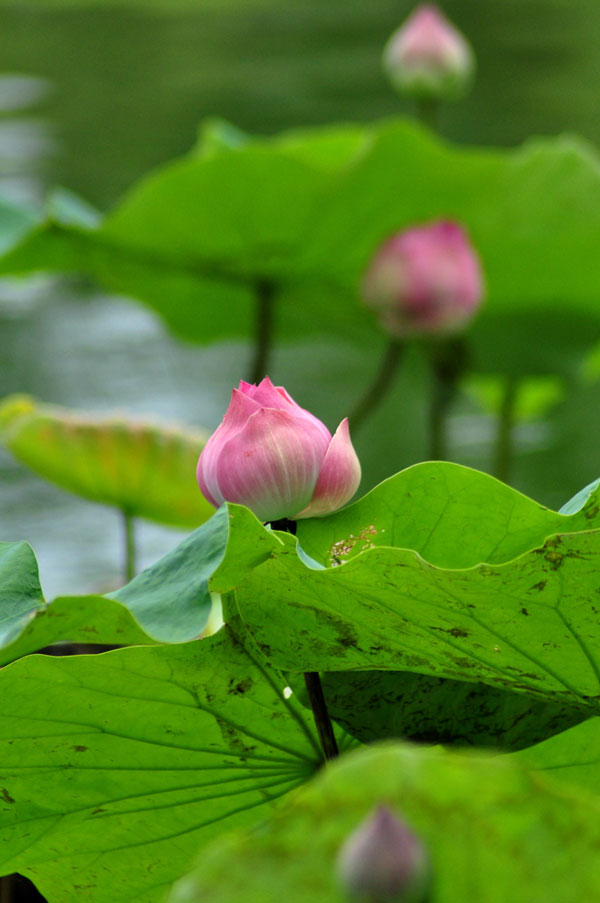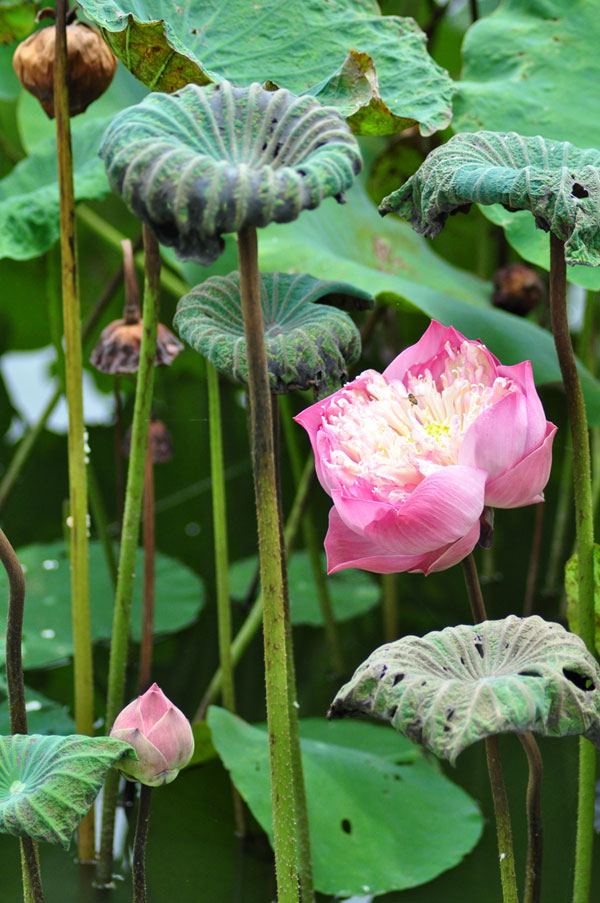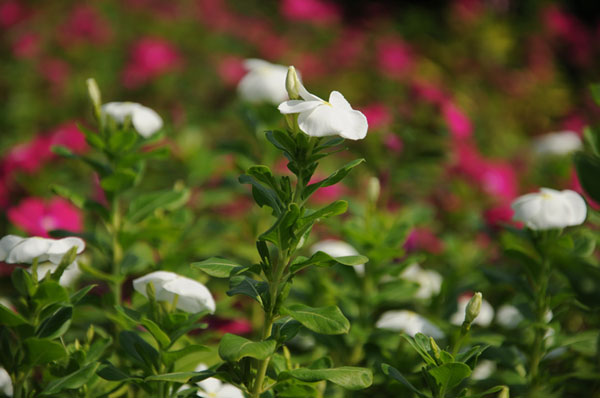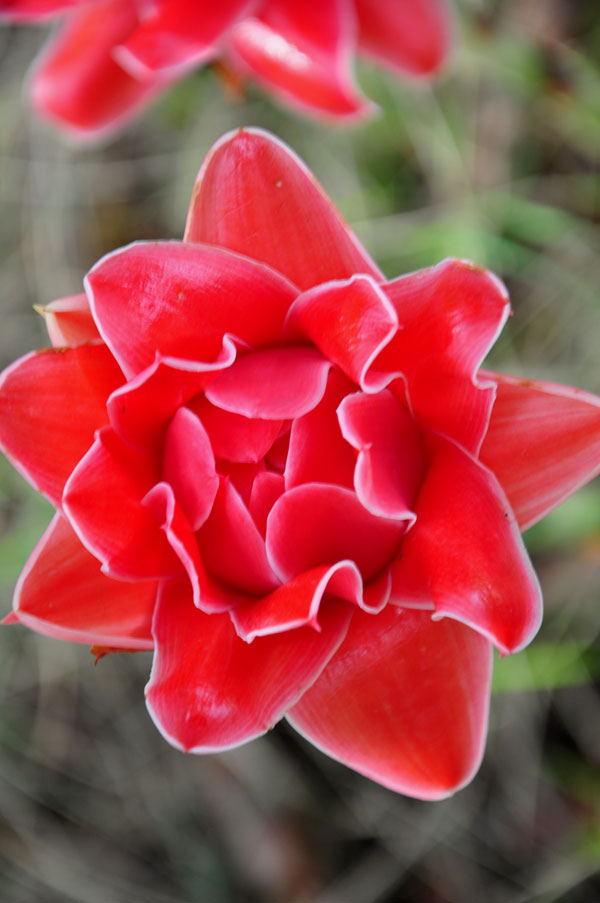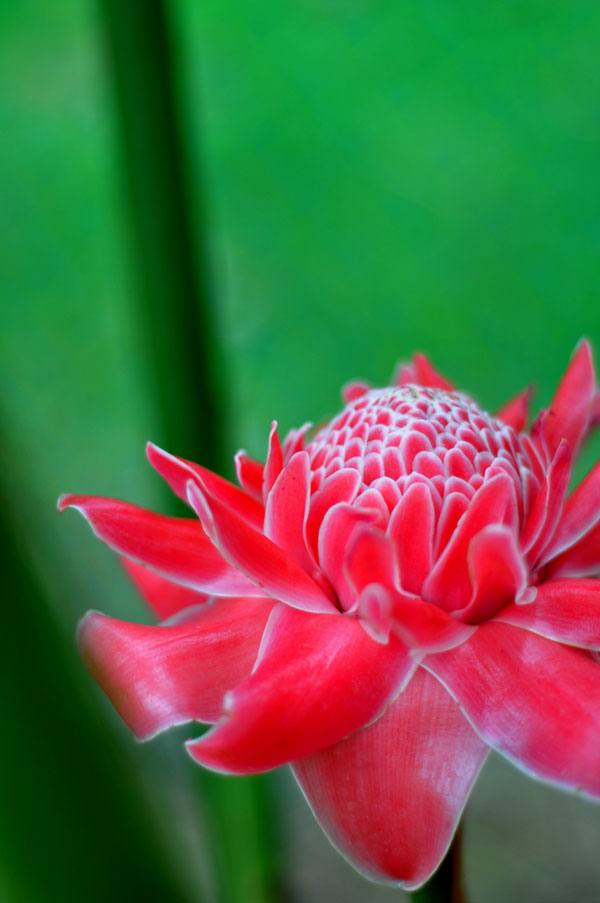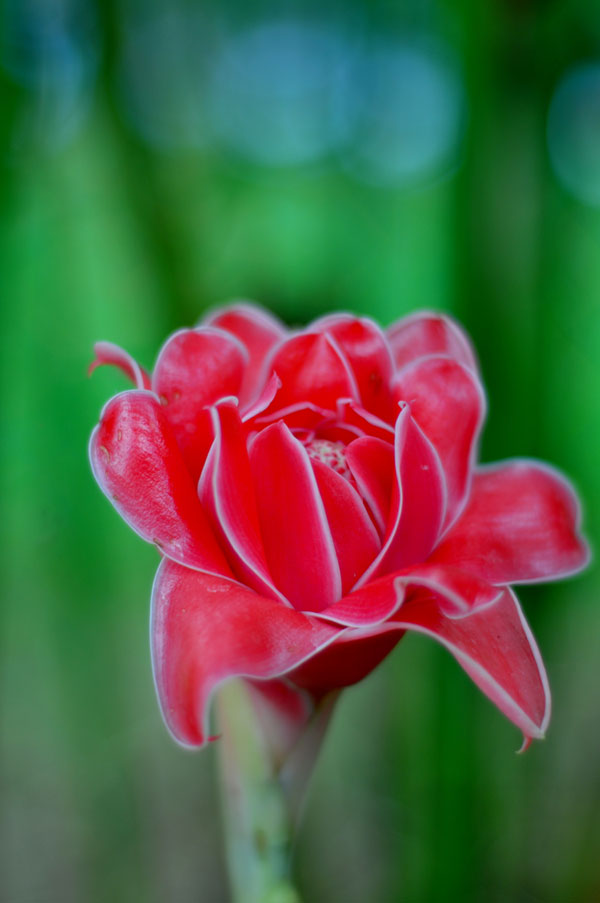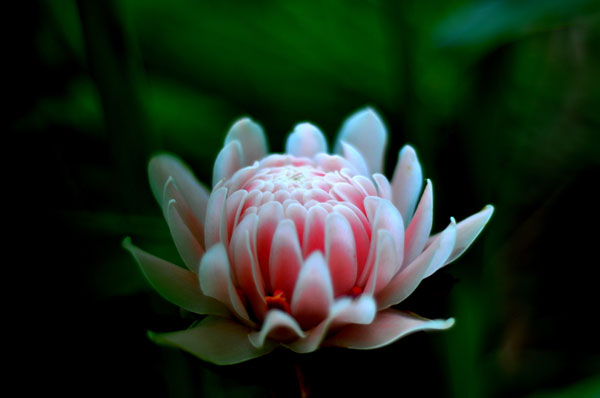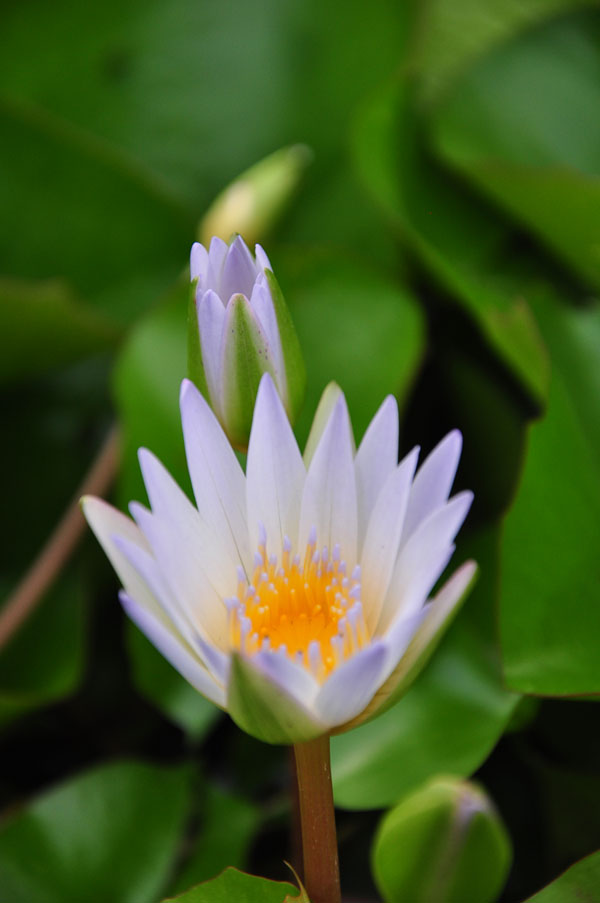Flora
This tropical plant is commonly known as the Chinese Violet, Coromandel or Creeping Foxglove. In South Africa, it is known simply as Asystasia. It is a ground creeper but can reach up to 1m if supported. The stems root easily at the nodes while the fruit explodes in green, but dries to brown after opening. The leaves are eaten as a vegetable and used as an herbal remedy for the management of asthma.
In traditional Chinese medicine, extracts from this plant is used to treat numerous diseases, including diabetes, malaria, leukemia and Hodgkin’s disease. Also used as an ornamental plant, Catharanthus cultivar thrives in dry conditions and is noted for its long flowering period. In the tropics, it flowers throughout the year while in warm temperate climates, it flowers from spring to late autumn.
Lantana Camara 'Mutablis' colonises new areas when its seeds are dispersed by birds. It has become naturalised in tropical and warm regions worldwide. In greenhouses, it is notorious for attracting the whitefly. The berries are edible when ripe, though like many fruits, they are mildly poisonous to humans and livestock if eaten while still green.
Tabernaemontana corymbosa is a species of plant in the Apocynaceae family. It is found in Brunei, China, Indonesia, Laos, Malaysia, Myanmar, Singapore, Thailand, and Vietnam. These plants are shrubs and small trees growing to 1-15 m tall. The leaves are evergreen, 3-25 cm long, with milky sap. It is one of the diverse plant genera commonly called ‘milkwood’. The flowers are 1-5 cm in diameter, white in colour and are extremely fragrant.
Plumeria rubra or as it is more commonly known among us as Frangipani, grows as a spreading shrub or a small tree to a height of 7 to 8 m (20-25 ft) and similar width. It has a thick trunk and blunt branches covered with a thin grey bark. The branches are brittle and when broken, ooze a white latex, or sap. The large green leaves can reach 30 to 50 cm (12-20 in) long and are clustered at the end of the branches. The flowers appearing at the ends of branches are strongly fragrant, have five petals and their colours range from the common pink to white with shades of yellow in the centre.
Tridax procumbens is a species of flowering plant in the daisy family. Best known as a widespread weed and pest plant, Tridax procumbens bears daisy-like yellow-centered white or yellow flowers with three-toothed ray florets. Its fruit is covered with stiff hairs and has a feathery, plume-like white pappus at one end.
Commonly known as West Indian Jasmine, Ixora is a common flowering shrub native to Asia. Ixora is also known as Jarum-Jarum, Jungle Flame as well as Jungle Geranium. The plants possess leathery leaves, ranging from three to six inches in length, and produce large clusters of tiny flowers in the summer. In tropical climates, this plant will flower all year round.
Thalia dealbata (Powdery thalia, Hardy canna, Powdery alligator-flag) is an aquatic plant in the family Marantaceae. It grows to 6 ft (1.8 m), with small violet flowers on an 8 in (20 cm) panicle held above the foliage. Its blue-green leaves ranges from being lance -shaped (long, wider in the middle) to oval or egg-shaped, with a tapering point; dusted with white powder and with purple edges.

